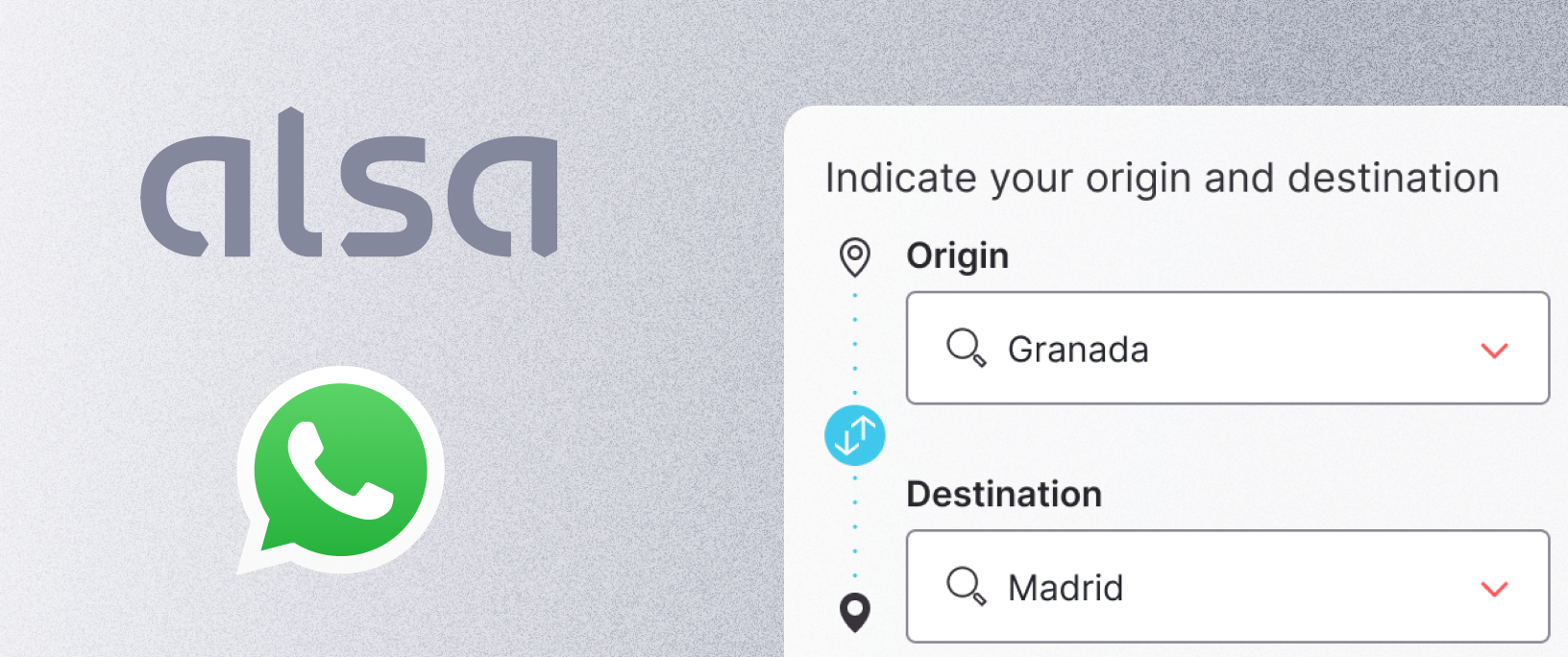Call centres are the heartbeat of any customer-focused business, serving as the frontline for customer interactions. More than any other part of the organisation, call centre teams capture the pulse of customer needs, preferences, and challenges firsthand, making them invaluable in shaping the customer experience.
Now picture this: you’re managing one for an insurance firm, where customers rely on your team for everything from policy details to complex claims assistance. Calls pour in daily, and as demand rises, so do the wait times and operational costs. Each call carries a price tag, and the overhead of managing high volumes can be staggering.
This scenario is a reality for countless companies—insurance and beyond—where customer service is pivotal but often costly.
But there’s a shift taking place.
Leading organisations are moving away from traditional call centres to WhatsApp and chatbots—digital channels that don’t just handle high volumes but do so with unmatched efficiency. Channels where your customers prefer to chat.
Conversational apps offer more than simple text exchanges—they’re tools designed for high efficiency, cost control, and scalable solutions. But what are the actual numbers behind this transformation, and is switching to digital channels worth it?
Let’s break it down.
1. How much do traditional call centres cost?
Traditional call centres come with substantial operational costs, especially in industries like insurance and transportation, where specialised agents handle complex queries. Here’s a breakdown of those costs:
- Salary and training: call centre agents in the EU generally earn between €25,000 and €35,000 annually. Training costs average around €4,800 per recruit, adding up significantly due to high turnover rates—often as high as 30% annually.
- Infrastructure and maintenance: call centres require substantial infrastructure beyond personnel. Deloitte reports that phone systems, computers, software licences, and IT support are infrastructure costs that make up 20% of a call centre’s operational budget.
- Average cost per call: industry benchmarks suggest an acceptable cost per call generally ranges from €2.70 to €5.60, with costs varying based on complexity and call duration. These expenses add up quickly for companies handling large volumes and can rise even higher, especially in sectors requiring specialised support.
2. Why enterprises are moving to WhatsApp and chatbots?
WhatsApp automation and chatbots offer a cost-effective alternative to traditional call centres, automating responses to common inquiries and delivering immediate support. Here’s how these digital solutions drive value:
- Lower operational costs with high-volume automation: unlike call centres, WhatsApp and chatbots don’t require extensive infrastructure or large teams. Hubtype’s clients, for example, have reported up to an 80% reduction in cost per contact by implementing automation, which handles routine queries and frees up agents to focus on more complex, high-priority cases.
- Powerful scalability opportunities: digital channels scale seamlessly with demand. In collaboration with Hubtype, a leading European low-cost airline achieved record growth and successfully scaled support during unforeseen crises by implementing phone IVR deflection to WhatsApp, reducing call centre volume by 28% and cutting customer wait times—a powerful example of how scalable automation benefits both the business and the customer.
- Lead generation and upselling at scale: beyond cost savings, messaging platforms like WhatsApp are invaluable for capturing customer interest in real time. By automating initial conversations, chatbots quickly assess customer needs, identify potential leads, and create upselling opportunities, maximising the revenue potential of each interaction.
3. Cost comparison: call centres vs. WhatsApp and chatbots
Let’s compare the costs of managing 1,000 customer interactions with a traditional call centre to WhatsApp and enterprise chatbots.
Traditional call centre costs for 1,000 interactions
Based on an average of €5 per call centre interaction:
- Total cost: handling 1,000 interactions would amount to approximately €5,000.
This figure includes each customer interaction's labour, infrastructure, and overhead expenses.
WhatsApp and chatbot costs for 1,000 interactions
With an average cost of €1.5 per interaction on WhatsApp and chatbots:
- Total cost: managing 1,000 interactions would be roughly €1,500.
Result: by switching from traditional call centres to WhatsApp and chatbots, companies can realise savings of up to 70% per 1,000 interactions.

4. Scalability: how digital channels outperform traditional support
The ability to scale efficiently is one of WhatsApp and chatbots' most significant advantages. Call centres must invest in more agents, infrastructure, and maintenance as demand rises, making scaling costly.
Traditional call centre challenges with high volumes
Every additional 1,000 interactions usually require more agents and infrastructure, driving up expenses by thousands of euros.
Digital channel scalability
Unlike traditional call centres, WhatsApp and chatbots scale effortlessly to meet demand. For instance, Hubtype helped Wizz Air transform its customer service in less than eight weeks by rebuilding their chatbot and enabling it to automate 70% of customer interactions and serve 250.000 unique users per month, drastically reducing agent workload and improving service efficiency.
5. How automation improves customer experience and cuts costs
Contact centre automation does more than just cut costs—it dramatically elevates service quality by reducing wait times and allowing agents to concentrate on high-value tasks.
Faster resolutions
Chatbots instantly handle routine queries like “What’s my policy number?” or “How do I make a claim?” keeping interactions smooth and efficient. A great example is Multiasistencia, a leader in insurance customer service. By integrating WhatsApp through Hubtype, Multiasistencia added value to their customer service interactions by improving its ability to handle claim declarations and service delay inquiries, achieving exceptional results.
They reported a 15% deflection of calls to WhatsApp, which allows for more direct and efficient customer support while saving resources.
Improved service quality
By moving to WhatsApp, Multiasistencia achieved a 4.7/5 quality perception rating. Customers received quicker feedback on claim status and easier direct access to their personal claim handlers.
Proactive features, like sending customised videos to explain processes, helped set clear expectations, transform service interactions, and build trust with clients. According to Jorge Fernández González of Multiasistencia, the move to WhatsApp represents a "relationship evolution" with their customers, offering proactive management simply not possible through traditional call centre channels.
6. Long-Term ROI: Why It Pays to Invest in Digital Channels
There’s often a concern about the setup cost of digital channels. While initial investments can be high, the long-term savings frequently far exceed these expenses.
Initial setup vs. ongoing operational savings
- Call centres: scaling up requires constant investment in human resources and infrastructure.
- Digital channels: setup costs for WhatsApp and chatbots are mostly one-off, with ongoing maintenance costs low.
Hubtype’s data shows that companies can achieve a 200% ROI on chatbot implementation by year three, with an annual savings potential of over 70% compared to traditional call centres.
7. Cost-effective scenarios: how WhatsApp and chatbots can save you money
Here are some hypothetical scenarios to illustrate the potential savings for businesses of various sizes transitioning to WhatsApp and chatbots:
Scenario 1: Small business (1,000 interactions/month)
- Call centre cost: €5,000 per month
- Chatbot and WhatsApp cost: €1,500 per month
- Annual savings: €42,000
Scenario 2: Mid-sized business (5,000 interactions/month)
- Call Centre Cost: €25,000 per month
- Chatbot and WhatsApp Cost: €7,500 per month
- Annual Savings: €210,000
Scenario 3: Large enterprise (20,000 interactions/month)
- Call centre cost: €100,000 per month
- Chatbot and WhatsApp cost: €30,000 per month
- Annual savings: €840,000
These examples underscore how WhatsApp and chatbots offer scalable, cost-effective solutions as businesses grow, handling more interactions without the need to expand staffing or infrastructure.
You can dig deeper by checking out these great examples of companies using WhatsApp for customer service.
Calculate your potential ROI with WhatsApp and chatbots
Traditional call centres have been the backbone of customer service for decades, but they come with high costs and limited scalability. In today’s market, WhatsApp and chatbots provide a solution that’s affordable, scalable, and customer-friendly.
Transitioning from call centres to digital channels isn’t just about saving money—it’s about improving service, meeting modern customer expectations, and setting your business up for sustainable growth. Ready to explore how much your business could save? Try Hubtype’s Savings Calculator to see the potential impact of WhatsApp and chatbots on your customer service.

If you want to have a look at how automation can help your business greatly reduce call centre costs, contact us and we’ll guide you to the best solution!










.jpg)

